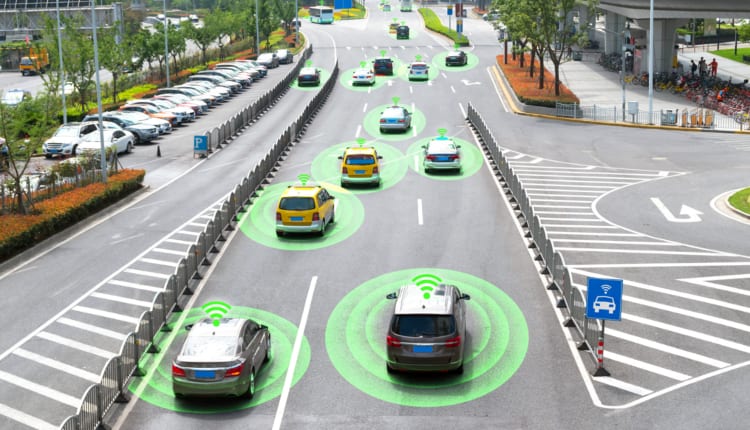To help make self-driving vehicles safer and more flawless, the researchers have developed a decentralised algorithm with a collision-free, deadlock-free guarantee. The researchers at Northwestern University in the US, tested the algorithm in a simulation of 1,024 robots and on a swarm of 100 real robots in the laboratory. The robots reliably, safely and efficiently converged to form a pre-determined shape in less than a minute, according to the study, scheduled to be published in the journal IEEE Transactions on Robotics later this month.
“By understanding how to control our swarm robots to form shapes, we can understand how to control fleets of autonomous vehicles as they interact with each other,” said study lead author Michael Rubenstein from Northwestern University.
The advantage of a swarm of small robots — versus one large robot or a swarm with one lead robot — is the lack of a centralised control, which can quickly become a central point of failure. Rubenstein’s decentralised algorithm acts as a fail-safe.
“If the system is centralised and a robot stops working, then the entire system fails,” Rubenstein said. “In a decentralised system, there is no leader telling all the other robots what to do. Each robot makes its own decisions. If one robot fails in a swarm, the swarm can still accomplish the task,” Rubenstein added.
According to the researcher, still, the robots need to coordinate in order to avoid collisions and deadlock. To do this, the algorithm views the ground beneath the robots as a grid. By using technology similar to GPS, each robot is aware of where it sits on the grid. Before making a decision about where to move, each robot uses sensors to communicate with its neighbours, determining whether or not nearby spaces within the grid are vacant or occupied.
“The robots refuse to move to a spot until that spot is free and until they know that no other robots are moving to that same spot, they are careful and reserve a space ahead of time,” Rubenstein added.
Even with all this careful coordination, the robots are still able to communicate and move swiftly to form a shape. The researchers accomplished this by keeping the robots near-sighted.
“Each robot can only sense three or four of its closest neighbors,” Rubenstein explained. “They can’t see across the whole swarm, which makes it easier to scale the system. The robots interact locally to make decisions without global information,” Rubenstein said.
In Rubenstein’s swarm, for example, 100 robots can coordinate to form a shape within a minute. In some previous approaches, it could take a full hour. The algorithm could be used in fleets of driverless cars and in automated warehouses, the study said.



